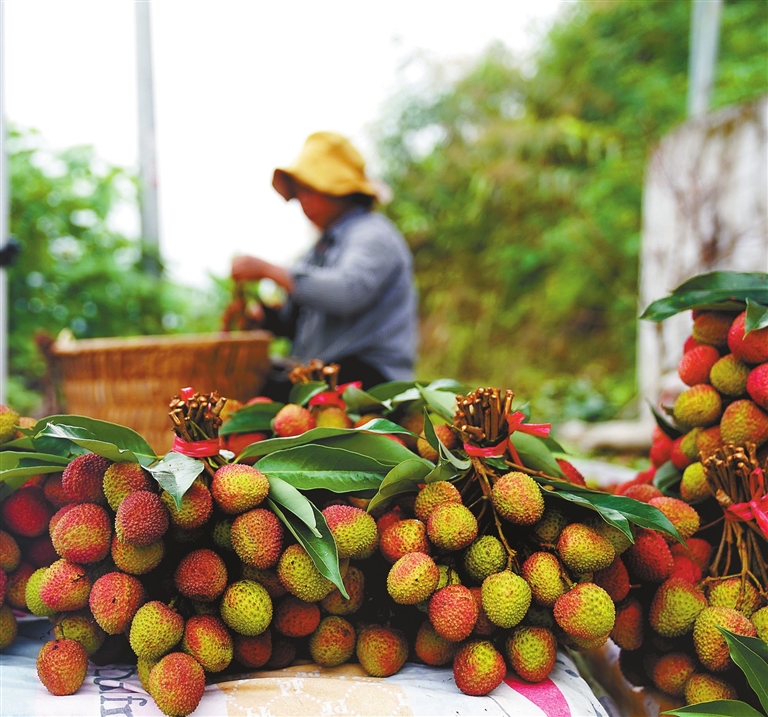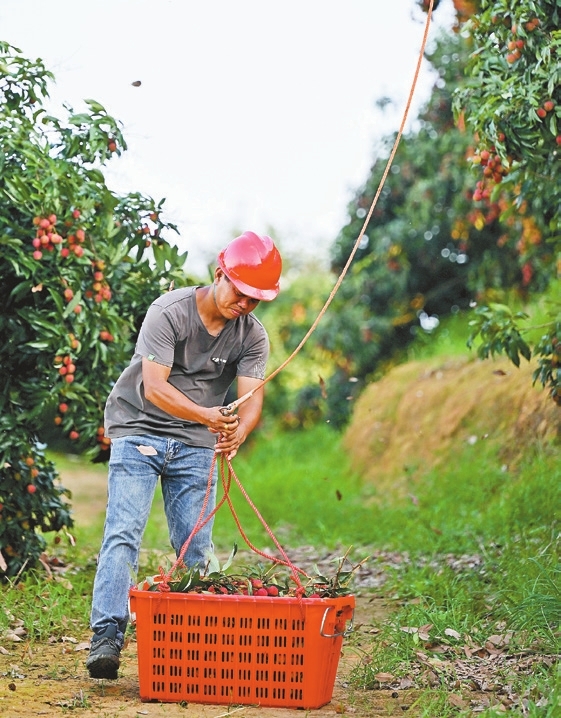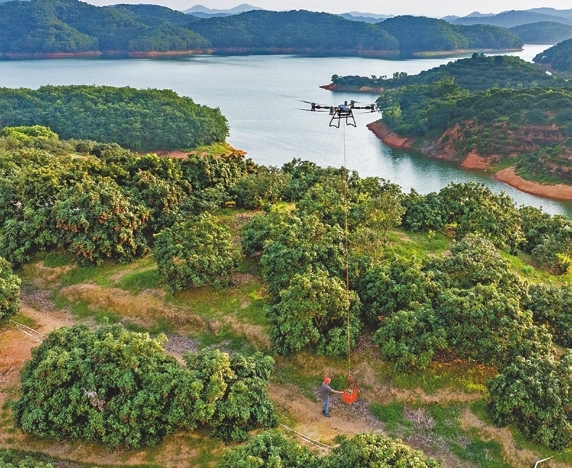


Zach Mills Come June in Shenzhen, something magical happens. The city, already humming with the energy of a subtropical summer, is suddenly painted red. On street corners, at supermarket entrances, and in the bustling aisles of Metro stations, fragrant mountains of lychees appear as if from nowhere. This is not just the arrival of another fruit — it is a cultural alarm bell signaling that the true heart of summer has begun and a frantic, joyful race against time is on. For those unfamiliar with the phenomenon, Shenzhen’s annual lychee craze can be startling. Offices order crates of the fruit for afternoon breaks and friends gather for lychee-picking excursions at orchards nestled in the hills of Nanshan District. To peel back the bumpy, crispy, crimson skin of a fresh lychee is to reveal the treasure within — a globe of juicy, translucent, pearlescent flesh that bursts in your mouth with a flavor that is sweet, slightly tart, and impossibly refreshing. It tastes like sunshine and honey, a flavor so unique it defines the season itself. Interestingly, this city’s deep love for the lychee is anything but new. It is an echo of a passion that has reverberated through Chinese history for over a thousand years, most famously in the story of Emperor Xuanzong and his beloved consort, Yang Yuhuan, during the Tang Dynasty (618-907). Yang, celebrated as one of China’s great beauties, had a singular, all-consuming craving for fresh lychees. Getting the fruit to her was an immense challenge that required overcoming both distance and time. She resided in the imperial capital of Chang’an (modern-day Xi’an), thousands of kilometers to the north of where the best lychees grew in the sweltering climate of the south (Guangdong Province). Also, the fruit’s exquisite flavor is tragically fleeting. As an ancient saying warns, “On the first day the color changes, on the second the fragrance fades, and on the third the taste is gone.” To satisfy his love, the emperor established a legendary logistics network. Horsemen in a non-stop relay would gallop day and night, carrying insulated containers of lychees packed with ice, racing against the clock to deliver them before their perfection faded. It was an extraordinary feat and a testament to the fruit’s perceived value. This imperial drama is so ingrained in the culture that one of the most popular lychee varieties today is called feizixiao (妃子笑), or “concubine’s smile” — named for the look of pure delight on Yang’s face when the precious cargo finally arrived. Today, modern logistics have made the journey from orchard to table much simpler, but the fruit’s short season retains that ancient sense of urgency. Varieties like the honey-sweet nuomici (“glutinous rice ball”) and the crisp guiwei (“osmanthus flower scent”) appear in quick succession, each with its own devoted following and a very limited window of availability. And in this lies the true magic of the lychee. In a world where global supply chains deliver apples from New Zealand and oranges from California year-round, we have lost the poetry of seasonality. The constant availability of most fruits renders them mundane, items on a grocery list we take for granted. The lychee resists this — it cannot be summoned on a whim in winter. Its brief, brilliant appearance for a few weeks each year transforms it from a mere commodity into an event. It commands our attention, forcing us to be present and to appreciate its flavor now, because tomorrow it may be gone. This temporal luxury makes the experience richer, the taste sweeter, and the memory more profound. So, if you find yourself in Shenzhen in early summer, don’t just walk past those piles of red fruit. Stop, buy a bunch, and taste a piece of living history — the fleeting, furious, and utterly delicious flavor of the season. | 
